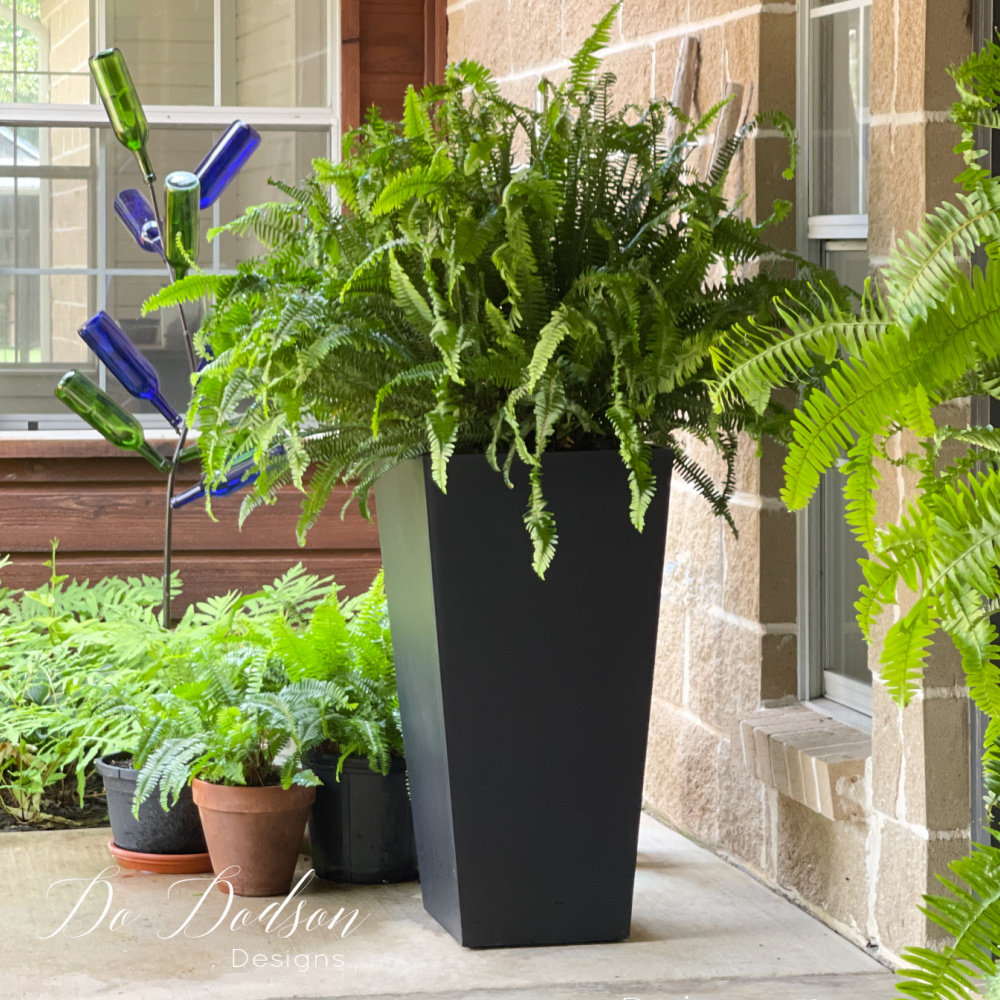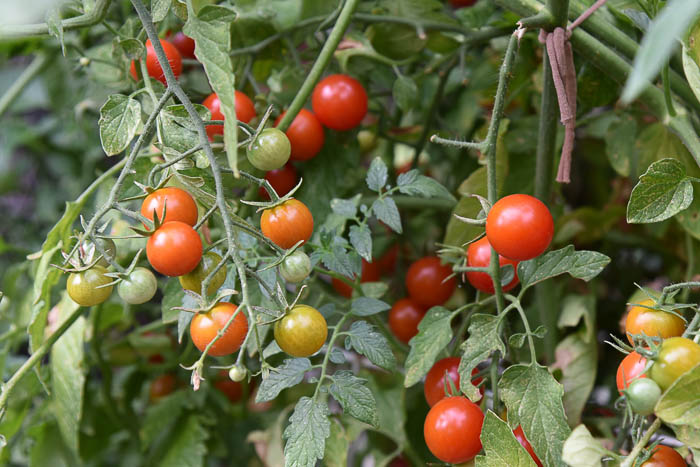Discover the Particular Plants That Are Negatively Influenced by Epsom Salt Application
Epsom salt, a prominent home remedy for various horticulture issues, is usually praised for its beneficial effects on plant growth. Nevertheless, not all plants react positively to its application. Recognizing the certain plants that can be detrimentally impacted by Epsom salt is important for any kind of gardener aiming to optimize their plant treatment routine. Roses, tomatoes, peppers, rhododendrons, and azaleas are just a couple of examples of plants that may not respond well to Epsom salt. The reasons behind these negative impacts and just how to reduce them are important expertise for preserving a growing garden.
Roses

Roses, specifically conscious modifications in their environment, can be adversely impacted by the application of Epsom salt. While Epsom salt is frequently utilized as a fertilizer to promote plant growth and boost flowering, roses are one of the plants that do not respond well to its application. The high magnesium material in Epsom salt can hinder the uptake of other vital nutrients by the rose plants, leading to shortages that materialize as yellowing leaves or stunted growth.

Tomatoes
Tomatoes, known for their convenience in culinary applications, can exhibit adverse effects when exposed to Epsom salt as a result of their certain nutrient requirements. While Epsom salt is often promoted as a solution for numerous plant issues, consisting of blossom end rot in tomatoes, its application can cause destructive results if not used carefully. Tomatoes are hefty feeders that require a well balanced consumption of nutrients, specifically calcium, to thrive. Too much Epsom salt, which is magnesium sulfate, can interfere with the fragile nutrient balance needed by tomatoes, possibly leading to shortages in other important nutrients like calcium. This inequality may show up in signs and symptoms such as stunted growth, yellowing leaves, or also decreased fruit production in tomatoes. For that reason, when considering the use of Epsom salt on tomatoes, it is crucial to follow suggested application prices and dirt testing to stop unintentional consequences on the general health and productivity of these beloved garden plants.
Peppers
Peppers, admired for their different shades and levels of spiciness, can show vulnerability to unfavorable influences from Epsom salt when not used with treatment and consideration for their particular dietary needs. what plants don't like epsom salt. Peppers, belonging to the Solanaceae household, call for a delicate balance of nutrients to flourish. While Epsom salt is understood to enhance magnesium levels in plants, excessive application can interrupt this stability, bring about damaging results on pepper plants
When peppers over at this website are exposed to high levels of magnesium from Epsom salt, it can conflict with the plant's capacity to soak up various other essential nutrients like calcium and potassium. This imbalance may manifest in symptoms such as leaf discoloration, stunted growth, and lowered fruit production. In addition, the pop over to these guys excessive magnesium can alter the soil pH, further worsening nutrient uptake issues for peppers.

Rhododendrons
Given the level of sensitivity of specific plant types to inequalities brought on by Epsom salt, it is vital to consider the influence on Rhododendrons, which also require details nutrient levels to flourish. Rhododendrons are acid-loving plants that like acidic soil conditions with a pH array between 4.5 and 6.0. Epsom salt, chemically referred to as magnesium sulfate, can change the dirt pH and disrupt the fragile balance of nutrients necessary for Rhododendron health.

To preserve the optimal growth and health of Rhododendrons, it is important to stay clear of the indiscriminate use Epsom salt and instead concentrate on offering the particular acidic dirt conditions and nutrients that these plants require for thriving.
Azaleas
These prominent flowering plants are typically located in landscapes, parks, and gardens due to their beauty and adaptability. While Epsom salt is commonly made use of as a treatment for magnesium deficiency in plants, its application to azaleas can have negative impacts.
When Epsom salt is applied to azaleas, it can alter the dirt pH, making it much more acidic. Azaleas like slightly acidic dirt problems, and an extra of magnesium from Epsom salt can disrupt this equilibrium, bring about nutrient imbalances and potential toxicity issues. The incorrect application of Epsom salt can cause stunted growth, yellowing of leaves, and overall decline in the health and wellness of azaleas. For that reason, here it is critical to be mindful when taking into consideration using Epsom salt on azaleas to avoid any unfavorable consequences on these fragile ornamental bushes.
Verdict
To conclude, it is essential to be knowledgeable about the details plants that can be adversely affected by the application of Epsom salt. Roses, tomatoes, rhododendrons, azaleas, and peppers are some instances of plants that may not take advantage of Epsom salt and might also endure injury. It is vital to study and understand the requirements of each plant species prior to making use of Epsom salt as a fertilizer to ensure their wellness and wellness.
Comprehending the certain plants that can be adversely affected by Epsom salt is important for any garden enthusiast looking to maximize their plant care regimen. While Epsom salt is generally used as a fertilizer to advertise plant development and boost flowering, roses are one of the plants that do not respond well to its application.Excessive usage of Epsom salt can likewise result in a build-up of salts in the dirt, leading to root damages and dehydration of the rose plants. While Epsom salt is known to improve magnesium levels in plants, too much application can disrupt this balance, leading to damaging impacts on pepper plants.
The high salt web content in Epsom salt can additionally dry out Rhododendron roots, triggering further stress and damage to the plant. (what plants don't like epsom salt)